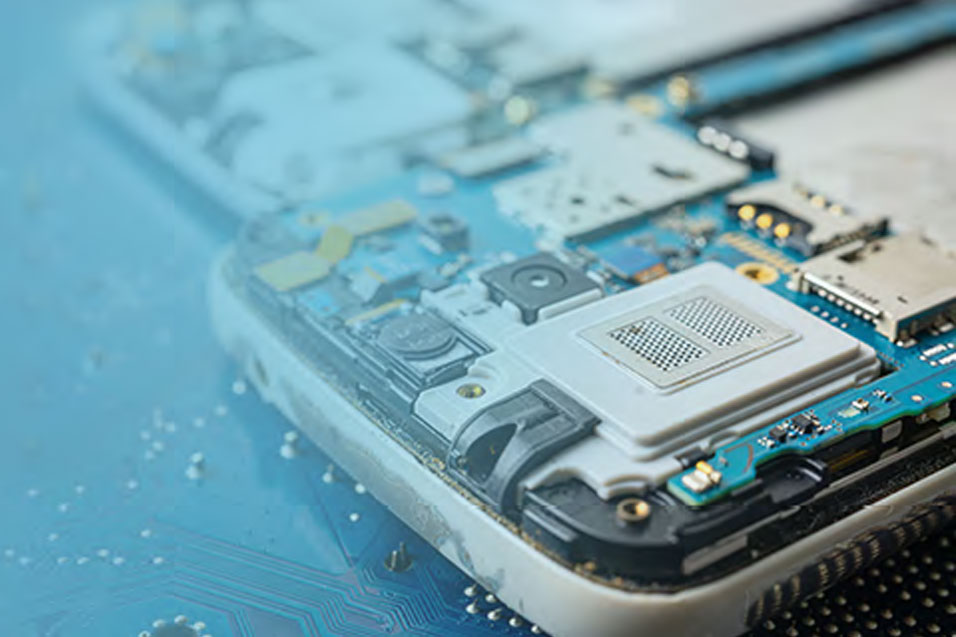Conversations around electric vehicles, semi-autonomous vehicles, and fully autonomous vehicles have been dominating the automotive industry over the last few years. Many users have been gravitating towards these technologies in search of a better customer experience and energy efficiency. Apart from this, there are other factors such as oil shortage, carbon emissions, rising air pollution that also need to be addressed. In the last year or so, however, we have seen a massive change in consumer behavior due to the pandemic. There has been a demand-supply shock across the economies of the world and this is also evident in the transportation industry. The future of mobility looks very different from its past.
Before the pandemic, we saw trends of shared mobility and an increased push for using public transport. In contrast, consumers today are prioritizing health and trying to avoid the use of public transport, favoring individual transportation.
As the number of vehicles steadily increases, the hazards attached to them may also increase. We need to find technologies that would help us tackle these growing issues. Many would argue that electric mobility or e-mobility is the only way forward. But what is electric-mobility or e-mobility? Let’s find out.
What is e-Mobility?
e-Mobility is nothing but vehicles that use powertrain technologies and an external source to recharge the onboard battery. This is an efficient solution as it reduces emissions and sound pollution. Moreover, it is best suited for short journeys.
When it comes to electric cars, we know that they use rechargeable batteries that store electrical energy. Inverters convert the battery’s direct current (DC) into alternating current (AC) to drive the electric motor. The efficiency of the vehicle depends upon on how well the energy is converted. The motor uses this energy to generate magnetic fields and their attractive and repellent forces produce a rotational motion. This is precisely how an electric motor functions within the environment of an electric vehicle.
How Is this going to impact the current world scenario?
Though the initial cost of acquiring an electric vehicle may be higher than that for vehicles with combustion engines, the total cost of ownership is usually significantly lower. First, the high initial cost is usually because of the high-performance batteries – these batteries only need replacement once every ten years or so, and that too if and when their capacity to hold charge diminishes.
The benefits come from the fact that electric vehicles have far fewer moving parts, this means less friction and in turn, less wear and tear. The number of components in a conventional vehicle is around 2500, while in an electric vehicle, the number of parts is a mere 250 on average. Further, many of the updates are on the software side, which can be done over the air (OTA), instead of needing a visit to a service station.
Since the cost of acquisition is high, many manufacturers have started offering subscription or lease models to encourage users to get their hands on electric vehicles and ensuring that sustainable solutions are taken advantage despite the economic slowdown.
As far as the performance is concerned, the acceleration of electric vehicles from the point of zero is higher than that of conventional vehicles. Energy generated while braking is being captured and transferred back to the battery; in conventional vehicles, this would have been lost as heat. Electric vehicles can travel around 150 to 300 kms on a single charge making it ideal for city travel.
They are also eco-friendly and do not produce emissions, bringing air pollution into check. This will also reduce the likelihood of lung diseases to an extent and improve the Air Quality Index (AQI). This makes electric mobility as the most suitable mode of transport for the current scenario. However, as the number of vehicles increase there is also an increasing need for infrastructure that will facilitate the use of electric mobility.
The need for Infrastructure
As the number of electric vehicles increase, there will be need for increasing infrastructure such as charging stations. However, there are certain factors that must be considered while building these units. These charging stations need to meet regulatory standards of various markets. They also need to be developed based on relevant test results to avoid costly rework. Afterall, the cost of redevelopment may be a crucial factor later on. One of the factors of infrastructure development is to ensure compatibility of the technology and products with local electricity supplies that are available.
Wrapping Up
eMobility is going to be an important aspect of the automotive industry in the future. However, many solution enablers would be required to build an effective eMobility infrastructure. eInfochips is a key solution enabler in the automotive domain and has expertise across ADAS, Infotainment & Clusters, Telematics, Connected Vehicles (V2V, V2X), EV Charging and Multimedia Sub-systems to help global OEMs and Tier1s deliver superior experience, safety & efficiency. Our services and solutions are right from core automotive product engineering, AUTOSAR compliant ECU software development, HMI design & testing, to next-gen technology enablement (edge computing, cloud, AI/ML, data analytics), smart charging, among others. To know more about our expertise, drop us a line.













